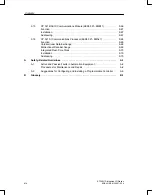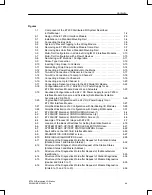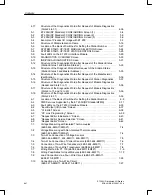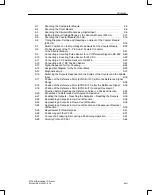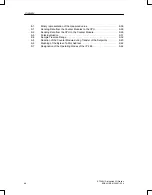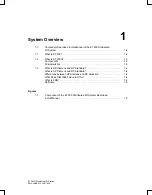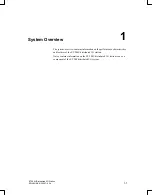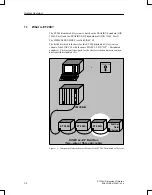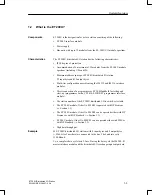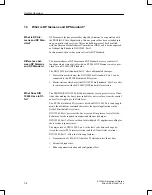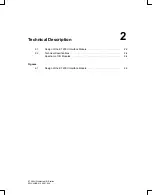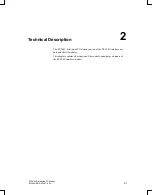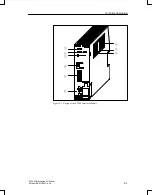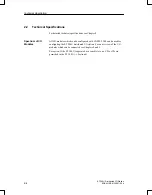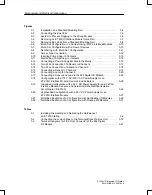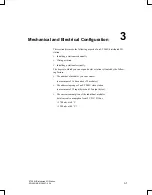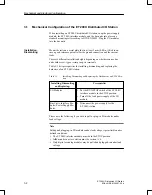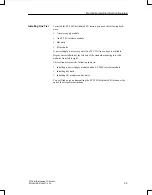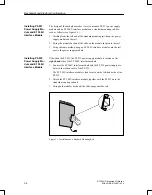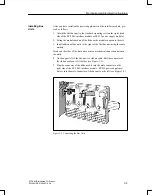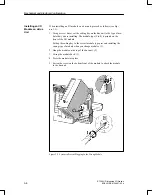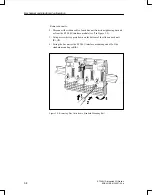
1-5
ET 200U Distributed I/O Station
EWA 4NEB 812 6087–02b
At Siemens, FMS is defined as the PROFIBUS DIN 19245 bus protocol,
Parts 1 and 2.
DIN 19245, Part 1, describes the bus access and transmission protocol and
the conventions for the transmission hardware required. DIN 19245, Part 2,
defines the application protocol and the user interface.
PROFIBUS–FMS has been developed especially for automation applications.
It enables automation systems of different manufacturers to communicate
with one another. PROFIBUS–FMS permits good connectivity to higher–
level automation systems.
The DP protocol offers faster response times than FMS so that FMS is inten-
ded rather for applications where time is not a crucial factor.
In this manual, the following three terms are used to distinguish the different
systems:
ET 200U:
Slave station with IM 318–B interface module, in gene-
ral
ET 200U
(DP Siemens):
“318–8MB11”
or
“318–8MB12” which uses the “DP Siemens” bus proto-
col just like a “318–8MB11”.
ET 200U
(DP Standard):
“318–8MB12”
or
“318/8MC11” which uses the “DP Standard” bus proto-
col. DP Standard refers to the DIN 19245 draft standard,
Part 3.
ET 200U
(DP Standard/
FMS):
The “318–8MC11” uses both the “DP Standard” and
“FMS” bus protocols. The ET 200U (DP Standard/FMS)
can handle the sensor/actuator profile up to device
class 4.
What is FMS?
Definition
System Overview



